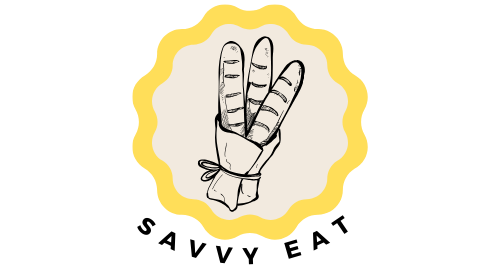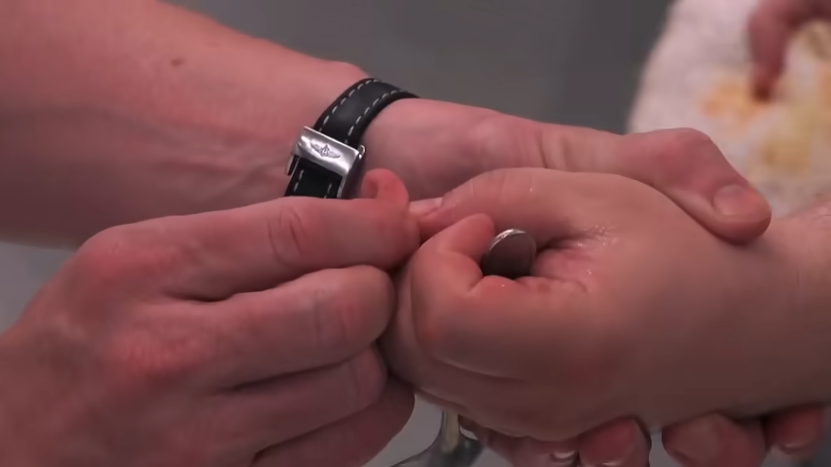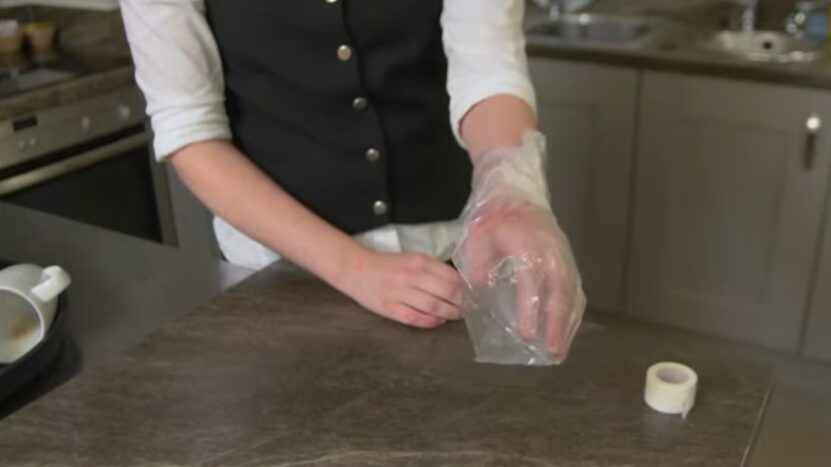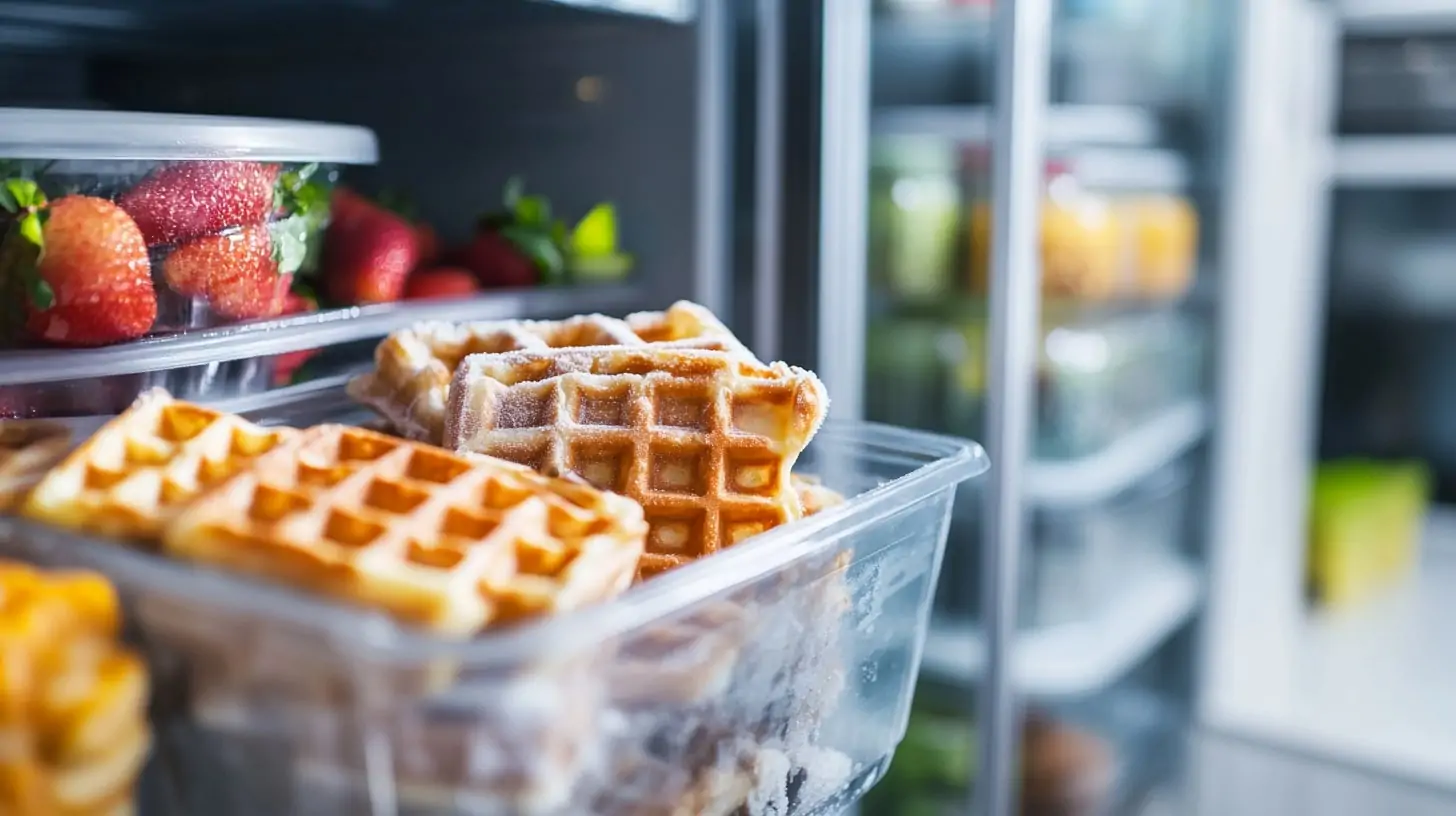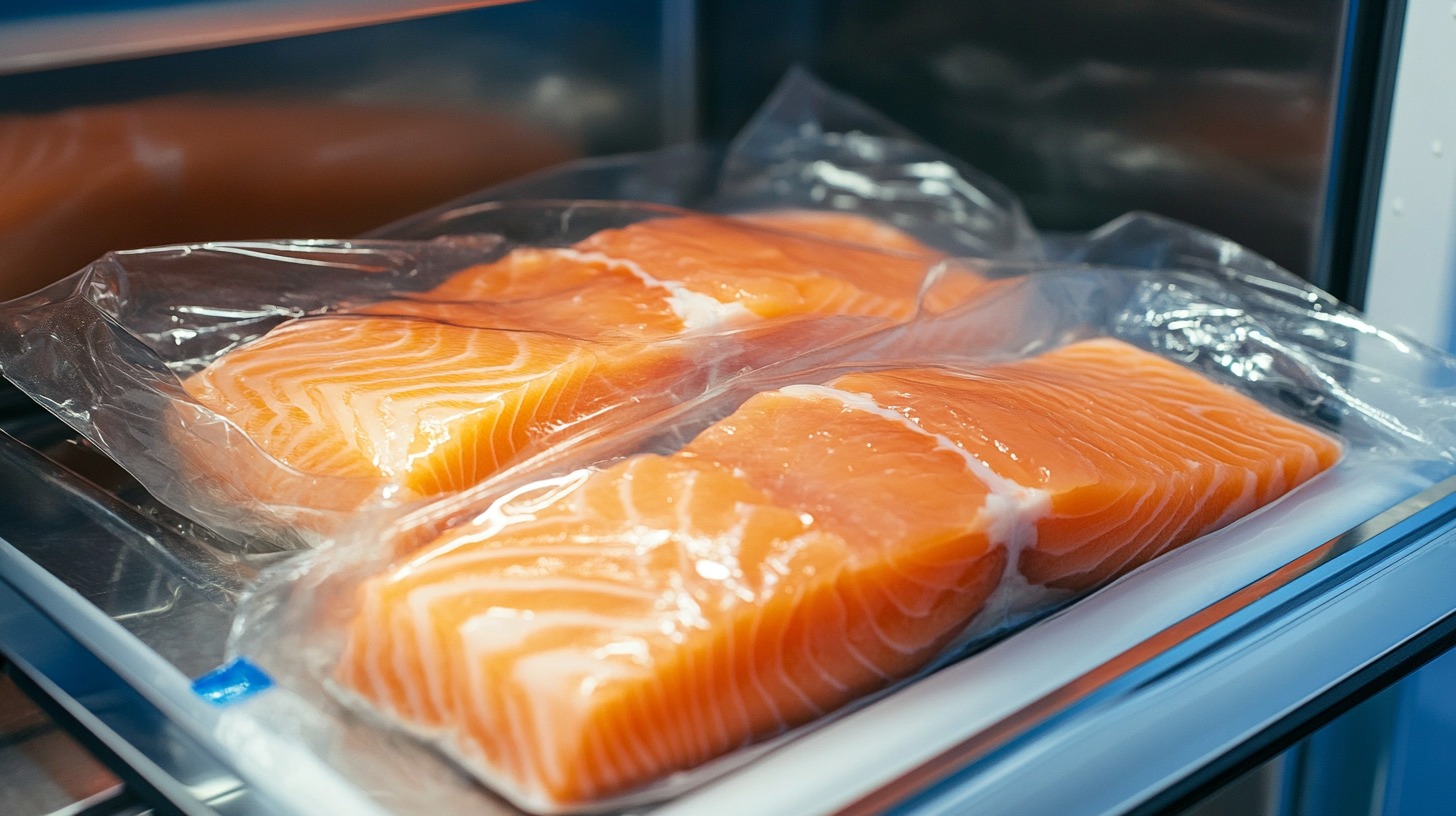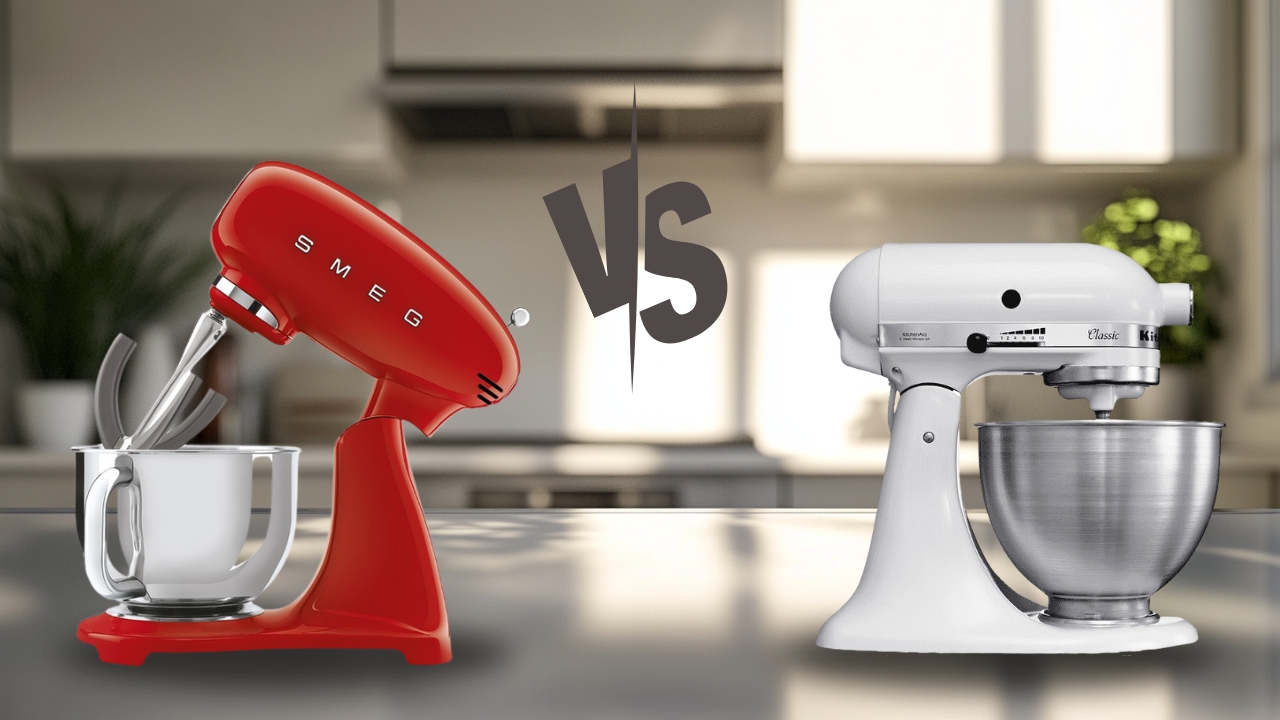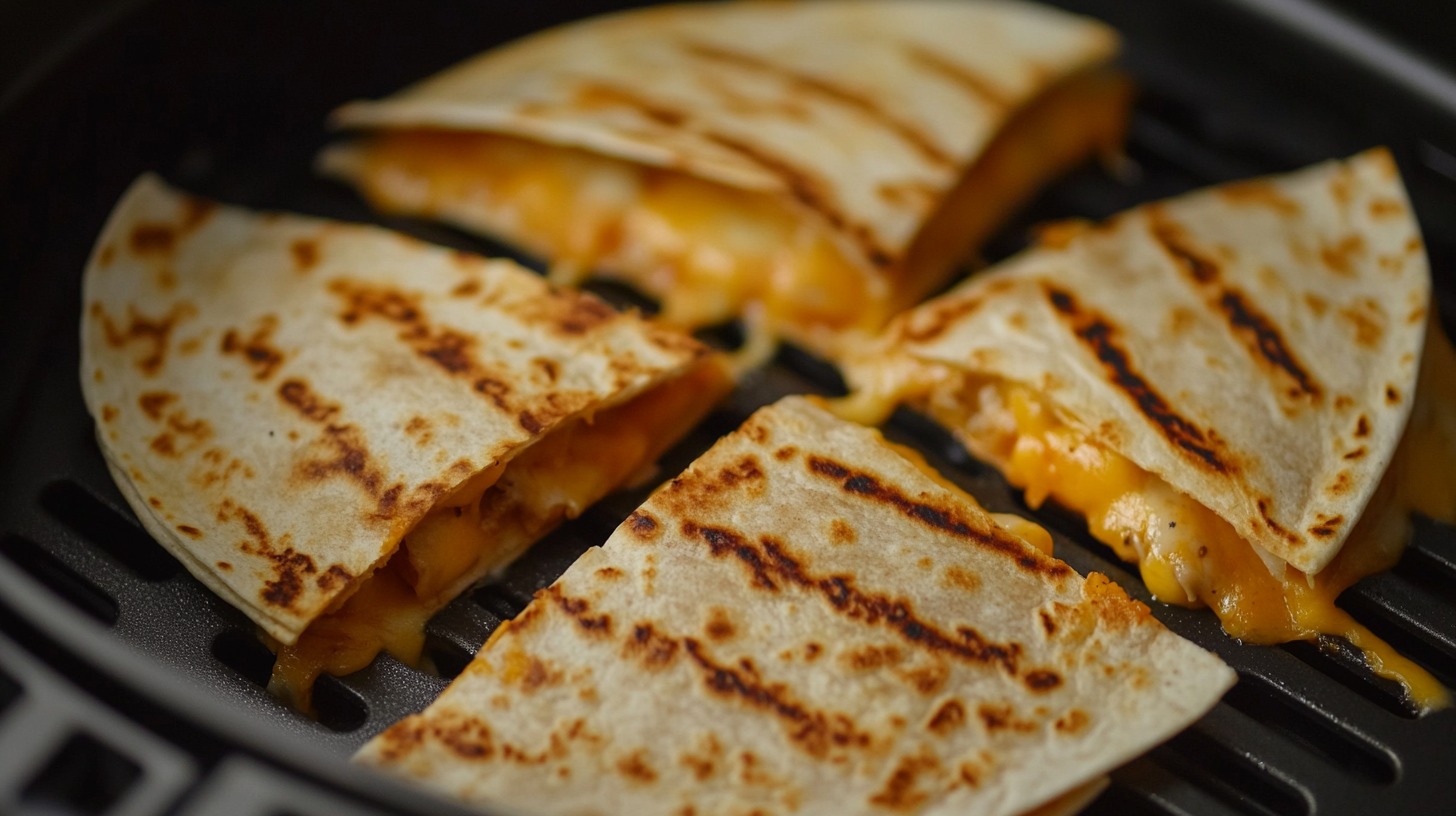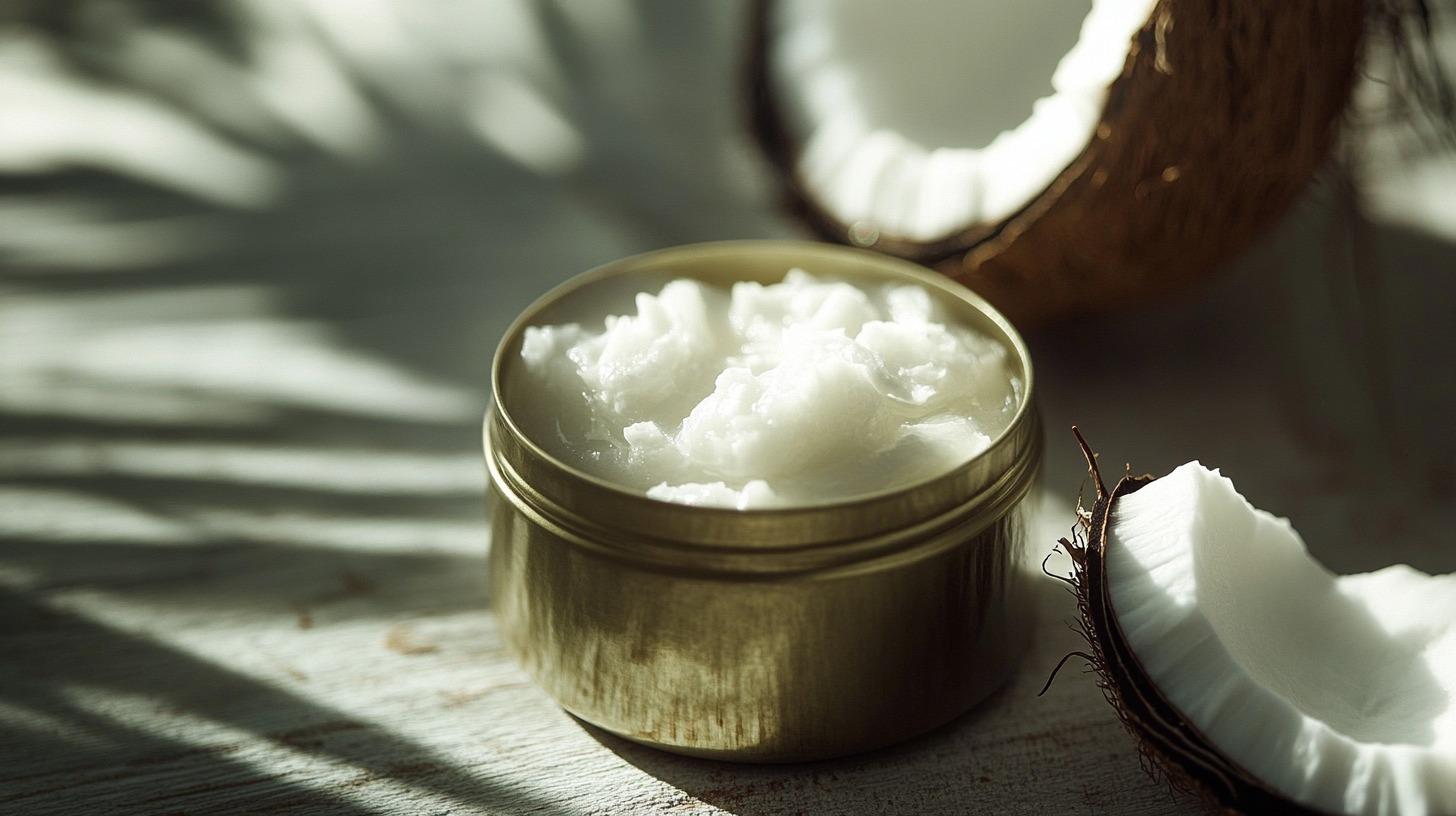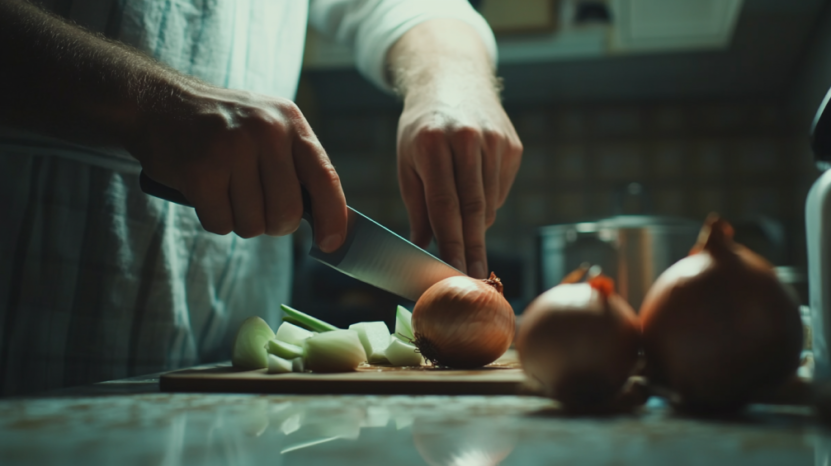
Share Post:
In any kitchen, whether at a bustling bakery or a cozy café, the possibility of a food-related injury is always present. Accidents can happen even in the most well-organized and safety-conscious environments. From minor cuts and burns to more serious incidents, knowing how to respond promptly and effectively is crucial to ensuring the well-being of everyone involved.
By understanding the steps to take when an injury occurs, you can minimize harm, provide appropriate care, and maintain a safe working environment. This guide offers essential tips on how to handle common food-related injuries, with a focus on the unique needs of those working in the food and bakery industry.
Start by Assessing the Situation
When an injury occurs in the kitchen, the first step is to quickly assess the severity of the situation. Staying calm and focused is vital, as it allows you to make clear decisions and take appropriate actions.
Begin by evaluating the nature of the injury—whether it’s a minor cut, a serious burn, or something more severe like a deep laceration or a slip that results in a fall. This initial assessment will guide you in determining the next steps, including whether the injury can be managed on-site or if medical attention is required.
For minor injuries, such as small cuts or burns, it may be possible to administer first aid immediately and continue working. However, for more serious injuries, such as deep wounds or severe burns, it’s important to stop all activity and focus solely on providing the necessary care. In such cases, ensuring that the injured person is safe and that the injury is properly treated should be the top priority.
First Aid Is a Must
Once you’ve assessed the situation, the next step is to provide first aid. Every kitchen should be equipped with a well-stocked first aid kit, easily accessible to all staff members. Knowing where this kit is located and how to use its contents is essential for handling injuries effectively.
For minor cuts, the first step is to clean the wound thoroughly with soap and water to prevent infection. After cleaning, apply an antiseptic ointment and cover the wound with a sterile bandage.
If the cut is deep or won’t stop bleeding, apply pressure with a clean cloth and seek medical attention immediately. As you can see on places like cprcertificationnow.com, ensuring that all staff members are trained in basic first aid can make a significant difference in the outcome of a kitchen-related injury, providing critical care in the moments before professional help arrives.
Burns are another common injury in the kitchen, often caused by hot surfaces, boiling liquids, or steam. When baking bread, it’s crucial to maintain the ideal oven temperature, typically around 350-475°F, to ensure proper baking and prevent accidents.
For minor burns, cool the affected area under running water for several minutes to reduce pain and prevent further damage to the skin.
After cooling, cover the burn with a clean, dry cloth or a sterile bandage to protect it from infection. If the burn is severe, or if it covers a large area of the body, seek emergency medical assistance right away. In all cases, avoid applying ice directly to the burn, as this can cause additional damage to the skin.
In cases of more serious injuries, such as deep lacerations or falls, it’s crucial to take immediate action to stabilize the injured person and prevent further injury. For deep cuts, apply pressure to the wound to control bleeding and keep the injured area elevated if possible. For falls or head injuries, avoid moving the person unless absolutely necessary and call for emergency medical assistance.
Make Sure You Properly Report the Incident
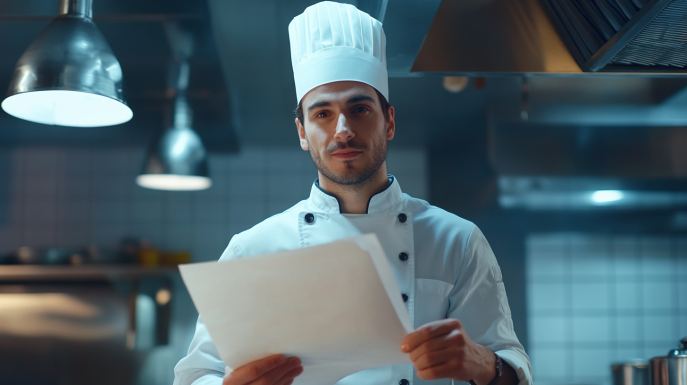
After providing immediate care, it’s important to document the incident thoroughly. Accurate reporting not only ensures that the injured person receives appropriate follow-up care but also helps identify potential safety hazards in the workplace.
Every food establishment should have a clear protocol for reporting injuries, which typically involves filling out an incident report form detailing the nature of the injury, how it occurred, and the steps taken to address it.
This documentation is crucial for several reasons. First, it provides a record that can be used to review and improve safety practices within the kitchen, helping to prevent similar incidents in the future.
Second, it may be required for compliance with workplace safety regulations and can be important for insurance purposes. Ensuring that all incidents are reported promptly and accurately helps maintain a safe working environment and demonstrates a commitment to the well-being of all staff members.
What to Do to Ensure This Doesn’t Happen Again?
While knowing how to respond to injuries is essential, prevention is the best approach to ensuring a safe kitchen environment. Regular safety training and awareness can help reduce the likelihood of accidents, keeping both staff and customers safe.
Implementing and maintaining strict safety protocols, such as proper knife handling techniques, correct storage of hot liquids, and the use of protective gear, can go a long way in preventing injuries.
Encouraging a culture of safety in the kitchen is also important. Staff should feel comfortable reporting potential hazards and suggesting improvements to safety practices.
Regularly inspecting equipment and workspaces for potential risks, such as slippery floors or malfunctioning appliances, can help identify and address issues before they lead to an injury.
How and When to Seek Medical Attention?

Even with the best first-aid practices, some injuries may require professional medical attention. Knowing when to seek additional help is crucial.
For example, if a cut is deep or if there is a risk of infection, it’s important to see a healthcare provider. Likewise, if a burn is severe or if there are signs of complications, such as blistering or swelling, medical intervention is necessary.
In cases where there is any doubt about the severity of an injury, it’s always better to err on the side of caution and seek medical advice. Ensuring that the injured person receives the appropriate care not only promotes healing but also helps prevent long-term complications.
It’s also important to follow up with any recommended treatments or therapies, such as wound care or physical therapy, to ensure a full recovery.
In Conclusion
Working in a kitchen or bakery can be a highly rewarding experience, but it also comes with inherent risks. Understanding what to do when a food-related injury occurs is essential for maintaining a safe and efficient workplace.
Creating a culture of safety and preparedness in the kitchen is not only a responsibility but also a crucial part of running a successful food-related business. Through proactive measures and a commitment to safety, you can protect your team and create an environment where everyone can thrive.

